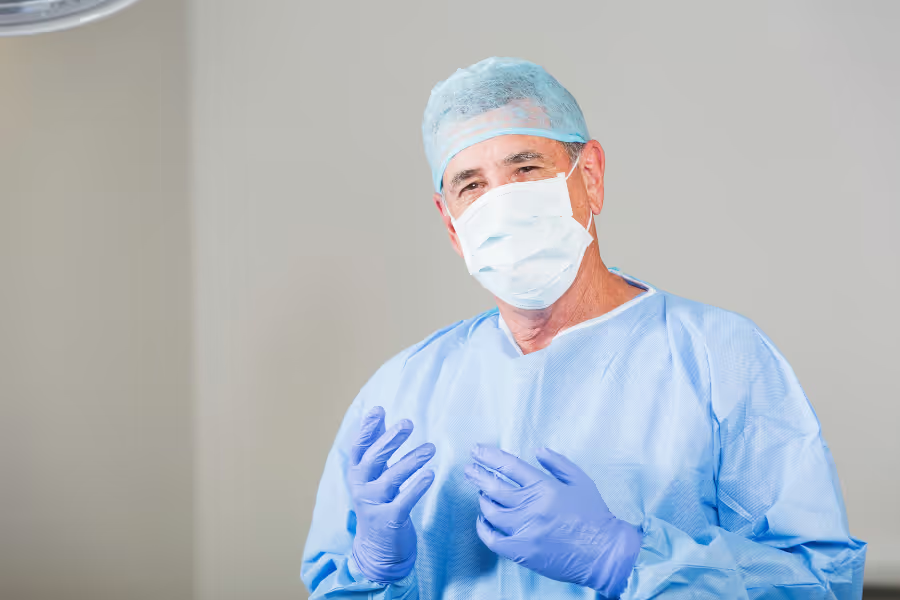Costs, aftercare considerations, procedure steps. Learn about Bankart surgery, and find the right surgeon that fits your needs below, serving Canadians in major cities like Vancouver, British Columbia; Calgary, Alberta; Toronto, Ontario; and Montréal, Québec.
Informational purposes only, not medical or legal advice. Please consult your doctor or surgeon.

Bankart surgery is an operation to fix a shoulder that keeps popping out to the front (anterior instability). When a shoulder dislocates, the labrum—a rubbery rim around the socket (glenoid)—can tear off the front-bottom area.
That specific tear is called a Bankart lesion. Without that rim, the ball (humeral head) doesn’t sit securely and can slip out again. In a Bankart repair, the surgeon reattaches the torn labrum to the edge of the socket using small anchors and sutures. The anchors act like tiny wall plugs set into the bone; the sutures pull the labrum back into its proper position, recreating the bumper that keeps the ball centered. Often, the joint’s capsule (the sleeve around the shoulder) is tightened at the same time to restore stability.
Most Bankart surgeries are done arthroscopically—through small incisions with a camera and specialized tools—though some cases use an open approach. The goal is simple: rebuild the front “bumper” and tighten the soft tissues so the shoulder stops slipping and can handle everyday use and sports without feeling loose.

Surgery takes about 60–90 minutes for most arthroscopic Bankart repairs. Plan on several hours for check-in, anesthesia, and wake-up before going home.
Basic steps

Your exact plan comes from your surgeon and can vary. Take rehab seriously—the more consistent you are, the better your outcome.
What to expect after Bankart surgery (shoulder instability repair)
Week 1
Weeks 2–4
Weeks 5–12
Weeks 13–24
Months 6–9
Red flags anytime
Bankart replacement is a major surgery. Private clinics in Canada typically charge $8,000 to $17,000.
In the United States, the average cost is CA$26,000.
Costs vary so much because of location, surgeon experience, facility type, scope of potential treatments, complexity of the issue, and included services (some clinics offer all-inclusive, while others charge separately for anesthesia, followup care, etc.).
Choosing your surgeon is one of the benefits of going the private route. Here’s what to consider and the key questions to bring to your consultation.
Bankart surgery repairs the torn labrum in the front of your shoulder after dislocation. The labrum is like a rubber gasket that helps keep the ball in the socket.
No, you do not need a referral for private Bankart surgery in Canada. You can book a consultation directly with a surgeon, and they will review your condition, symptoms, and any previous treatments or diagnostics.
Your surgeon will tailor instructions based on your shoulder, sport, and any added procedures (e.g., remplissage).
Your own situation depends on pain level, shoulder stability, imaging (labrum tear size, bone loss, Hill-Sachs), your sport/position, and how well non-surgical care works. Discuss specifics with your surgeon.
Your individual risk depends on your health, shoulder anatomy, tear size, bone loss (glenoid or humeral head), surgical technique (Bankart alone, Bankart + remplissage, or bone-block), and how well you follow sling rules and rehab. Discuss your specific risks with your surgeon.
If you still have questions, then feel free to contact us directly.

Browse vetted shoulder surgeons across Canada. Compare prices, qualifications, locations.
BROWSE SURGEONS